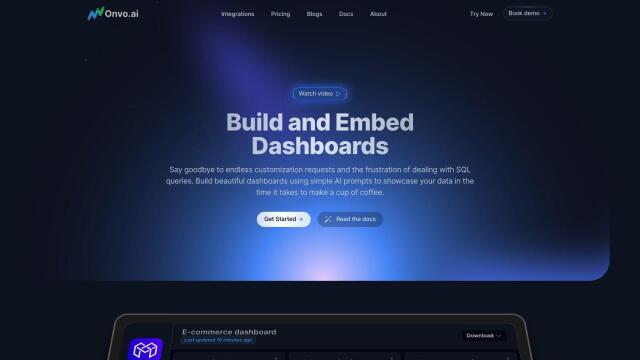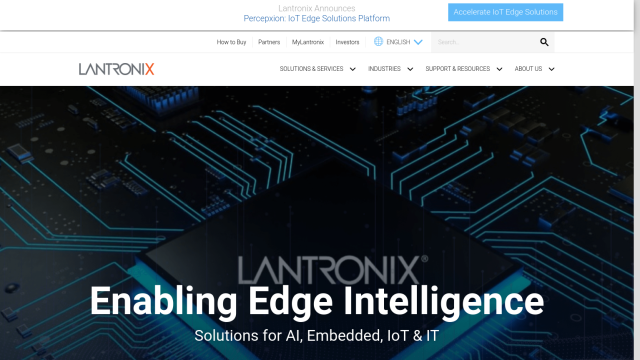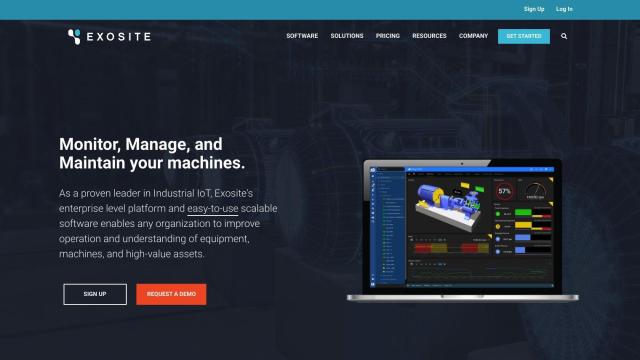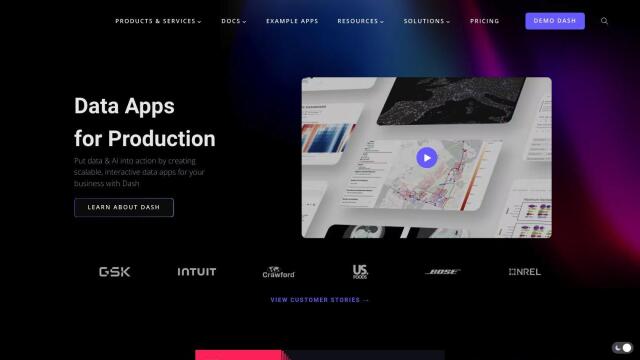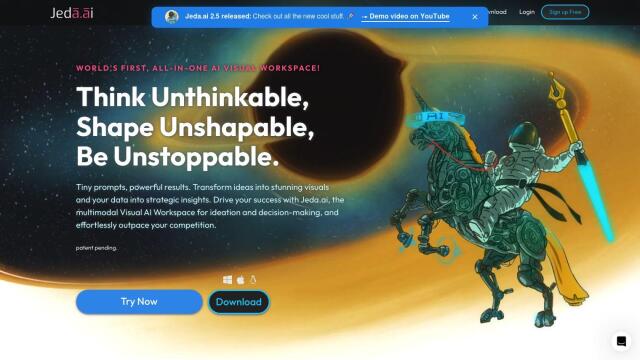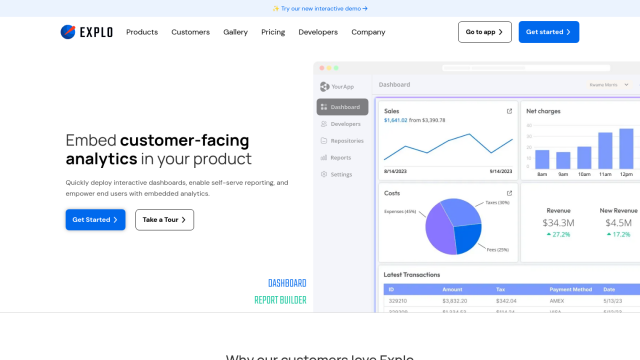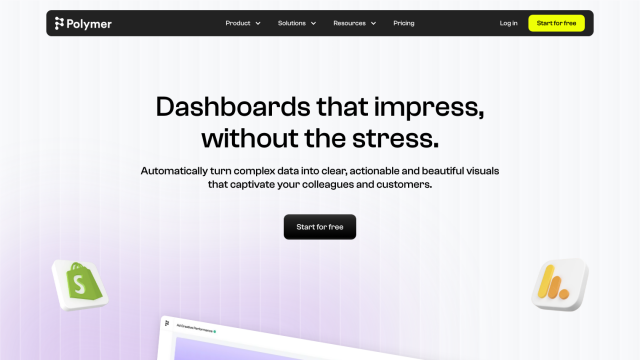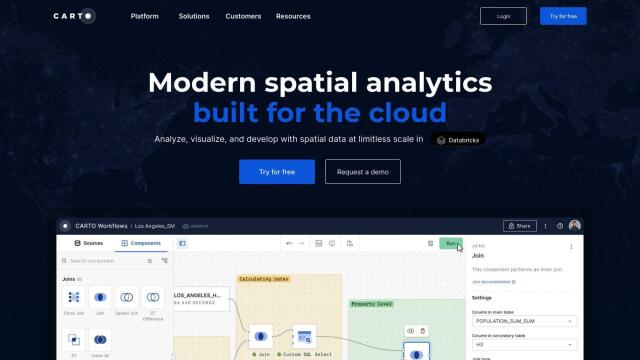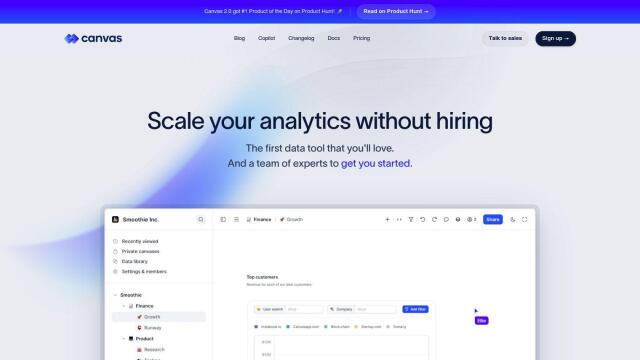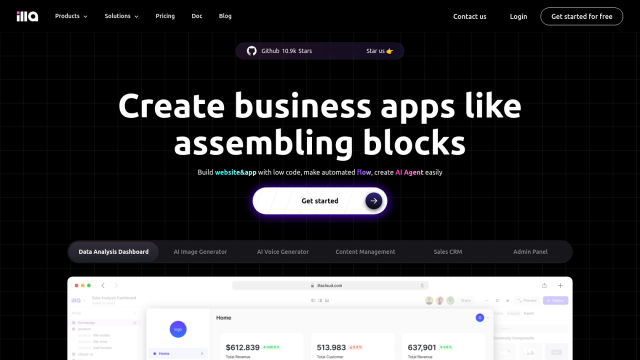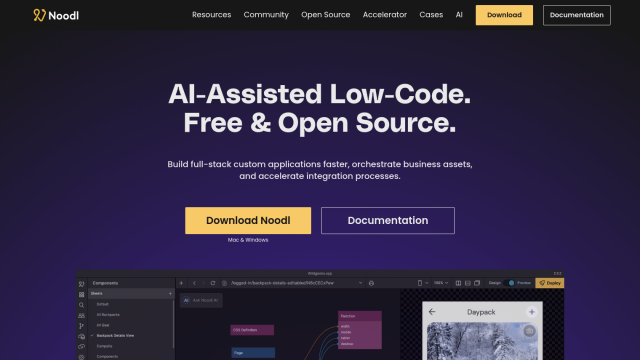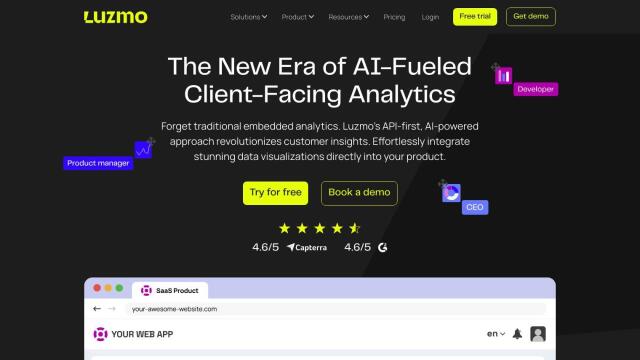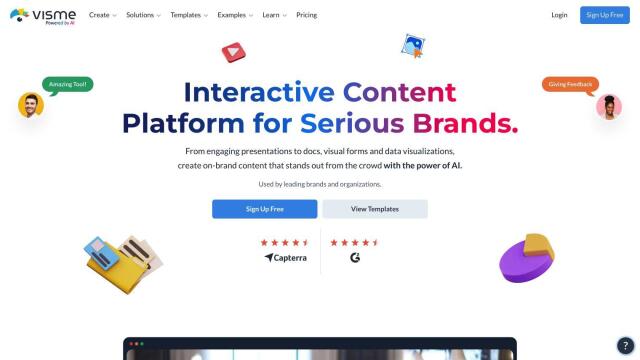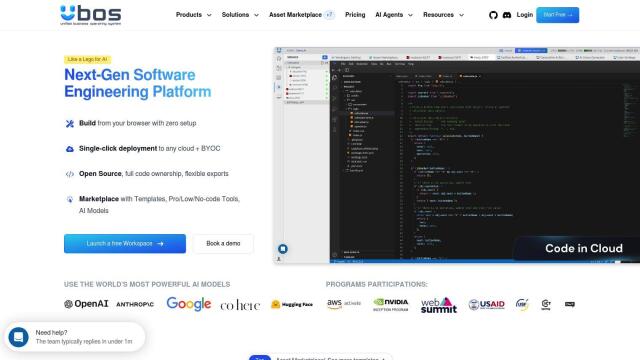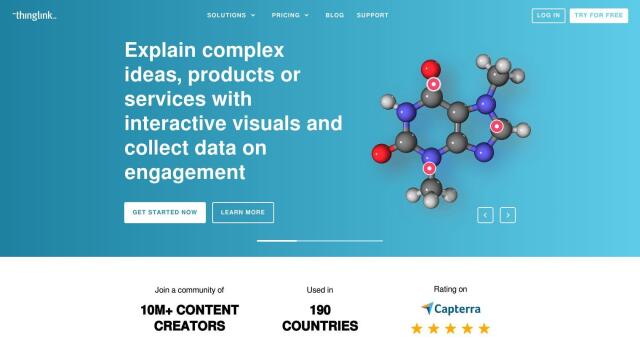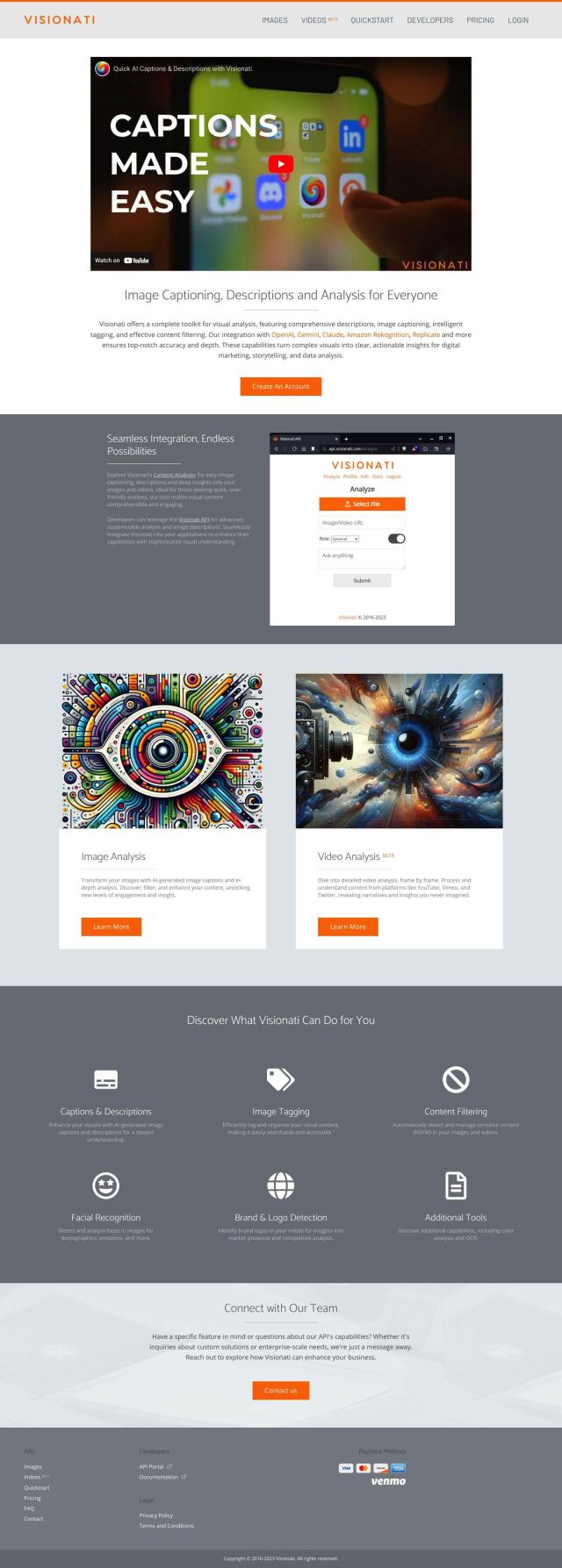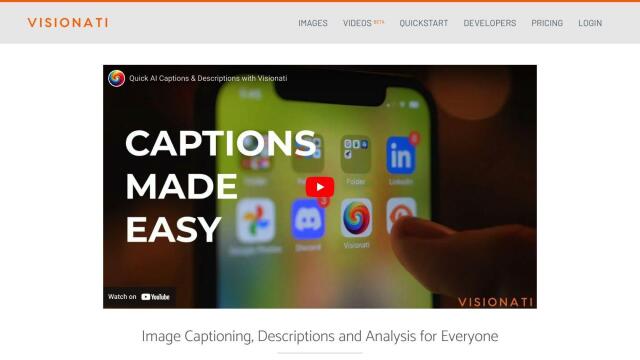Question: Can you recommend a solution that allows me to build custom visualizations for my IoT devices and services?

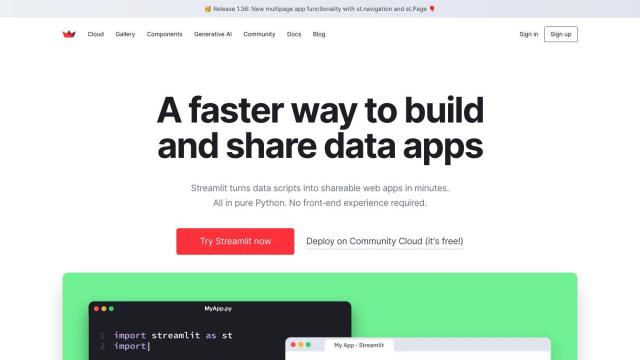
Streamlit
If you want to create your own visualizations for your IoT devices and services, Streamlit is a good option. This open-source Python framework lets data scientists and AI/ML engineers build interactive data apps without having to know anything about front-end technology. It supports a wide range of data visualization tools, including Vega-Lite, and integrates with widely used libraries like Pandas. Streamlit also lets you build custom components, so you can create your own tools and share them with others.

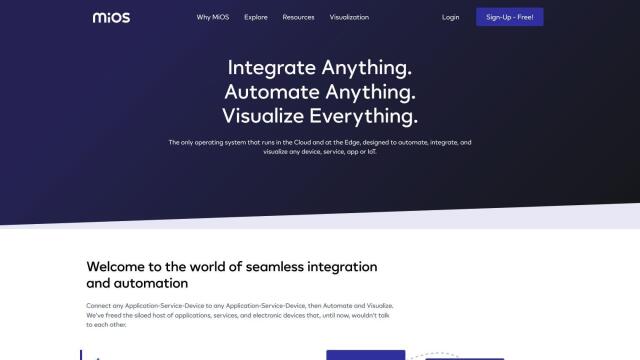
MiOS
Another option is MiOS, a cloud-based and edge-running platform for linking and automating electronic devices. MiOS has powerful integration, automation and visualization tools, so you can build custom apps and dashboards for IoT devices without any programming. The company's platform is good for a variety of use cases, including smart home automation and team productivity, and offers a free version for testing.

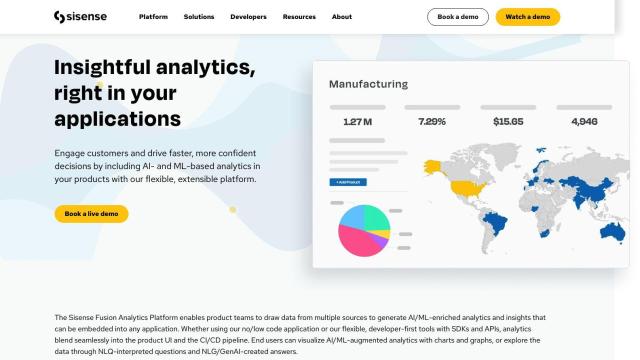
Sisense
If you're looking for something more geared toward analytics, check out Sisense. The company's platform lets you build AI-infused analytics into your products and apps, with interactive, personalized insights. Sisense can connect to a wide range of data sources and has tools for advanced analytics, including drag-and-drop interfaces for data visualization. It also offers pro-code, low-code and no-code options, so it's good for developers at different levels.

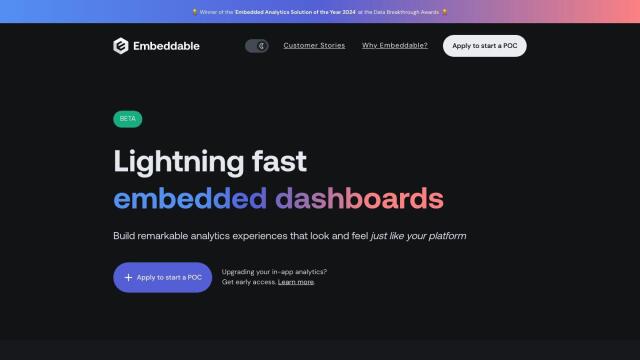
Embeddable
Last, Embeddable offers a set of tools to build interactive customer-facing analytics experiences. With its SDK and no-code builder, you can create custom, reusable React.js components that fit right into your existing design systems. It can connect to a range of databases and libraries, including ChartJS, D3 and Highcharts, so it's good for building pixel-perfect dashboards that match your IoT products.

